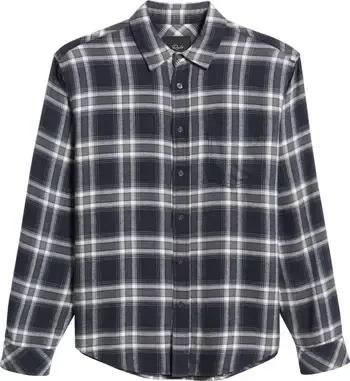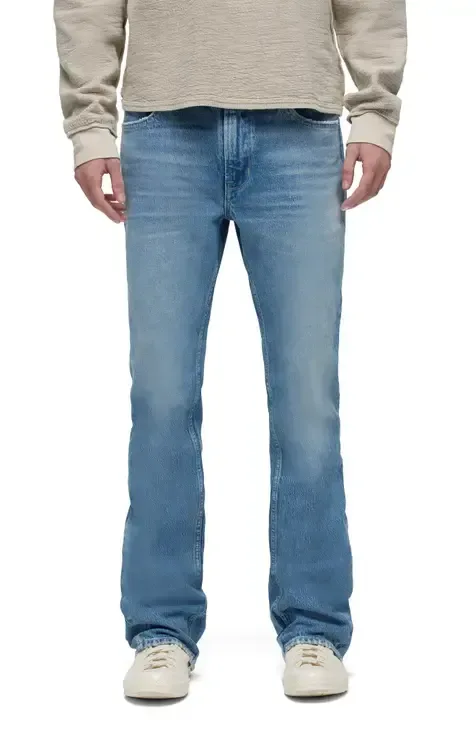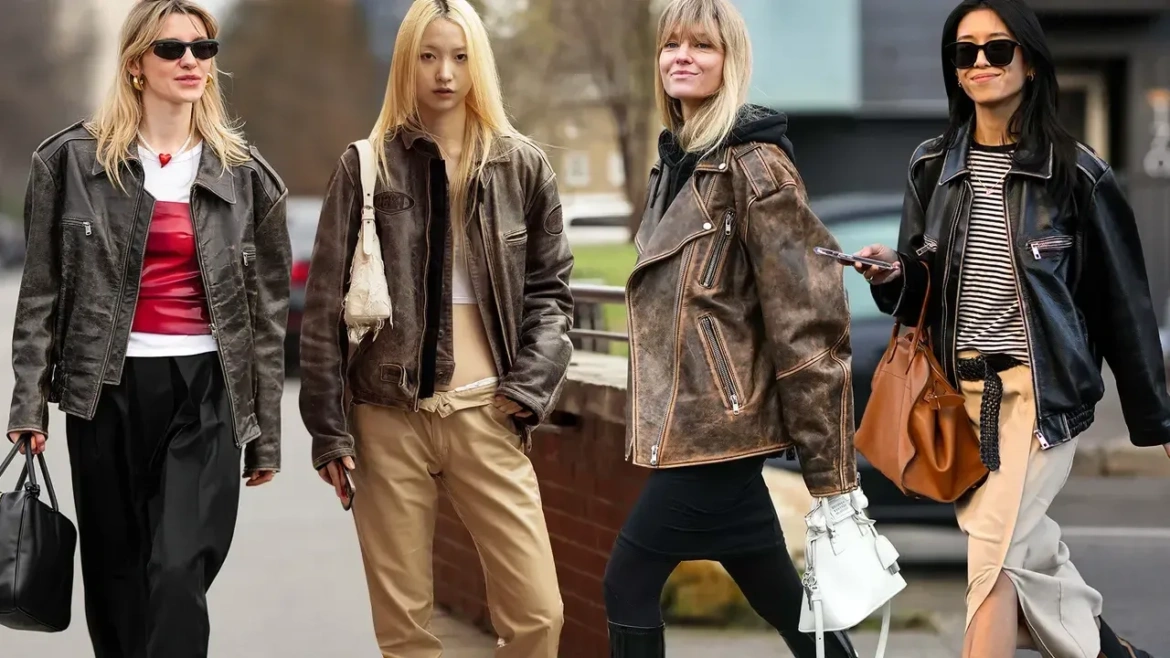New York Fashion Week (NYFW), long celebrated as the epicenter of American style, continues to prioritize women’s wear, leaving men’s fashion as a peripheral afterthought. This season, which concluded with Thom Browne’s signature theatrics on Tuesday night, underscored the stark disparity. The men’s offerings were notably sparse, prompting a reimagined quip from Annie Hall: the collections were not only forgettable but also disappointingly scant.
Amid this lean landscape, Todd Snyder emerged as a lone stalwart, presenting the sole menswear-focused collection. A J. Crew alumnus, Snyder has carved a niche as a bulwark against the relentless tide of casualization sweeping men’s fashion. His show, inspired by the intellectual bohemia of 1980s Saint-Germain-des-Prés in Paris, was a masterclass in timeless tailoring with a contemporary edge. Snyder’s repertoire included herringbone tweed suits, raglan-sleeve overcoats, and pleated corduroy ensembles each piece a testament to his commitment to classicism. Yet, while impeccably crafted, the collection lacked the daring innovation needed to elevate it beyond the realm of safe, wearable staples.
Snyder’s strength lies in his ability to cater to the everyday American man a demographic wary of avant-garde experimentation. His designs are pragmatic, offering clean-cut trousers and refined separates that resonate with a clientele seeking sartorial reliability. However, this season’s few departures from his usual formula a Johnny Rotten-esque striped fuzzy sweater and a band-collar black shirt with translucent sleeves hinted at untapped potential. Snyder’s challenge is to balance his role as a guide for the uninitiated with a willingness to push boundaries, nudging his audience toward bolder expressions of masculinity.
At Calvin Klein, Veronica Leoni’s debut for the brand leaned heavily into 1990s nostalgia, reinterpreting Clinton-era aesthetics with a modern lens. The collection featured graphite gray suiting, slouchy denim, and subdued flannel shirts, all anchored by the resurgence of square-toe shoes a hallmark of pre-Y2K minimalism. While Leoni’s homage to Calvin Klein’s heyday was technically proficient, it felt more like a dutiful exercise in archival revival than a forward-looking statement. The designs, though polished, lacked the subversive edge that once defined the brand. In a market saturated with accessible alternatives from Theory, Vince, and Uniqlo, Calvin Klein’s premium pricing raises questions about its relevance in today’s menswear landscape.

Jamaican designer Edwin Thompson, the creative force behind Theophilio, opted out of a runway presentation this season, instead showcasing his collection digitally. Thompson, the 2021 CFDA Emerging Designer of the Year, has been candid about the challenges of sustaining his label, and this season’s offering reflected both his resilience and creativity. Standout pieces included flared trousers reminiscent of Sly and the Family Stone’s iconic flair a timely nod to the burgeoning “flare-aissance” underscored by Kendrick Lamar’s divisive boot-cut jeans at the Super Bowl halftime show. Thompson’s ability to infuse his designs with cultural resonance and vibrant energy reaffirms his position as a rising star in the industry.

The week’s most unexpected highlight came from Cobra S.C., the Los Angeles-based label helmed by Safa Taghizadeh. After a prolonged hiatus exacerbated by the pandemic and partnership dissolution, Cobra S.C. made a triumphant return with a collection that blended bespoke tailoring and streetwear sensibilities. Taghizadeh’s designs featuring ribbed knits, tailoring wool bomber jackets, and double-breasted suits in basil green and sepia demonstrated his knack for creating red-carpet-worthy pieces that resonate with a discerning clientele. While not groundbreaking, the collection reaffirmed Cobra S.C.’s relevance in the competitive menswear arena.
The most compelling menswear narrative of the week, however, belonged to Eckhaus Latta. Known for their artful approach to design, the duo delivered a collection that seamlessly blended precision and playfulness. Straight-leg jeans, crafty knits, and a standout black ribbed cardigan with a cornflower blue hem exemplified their ability to balance classicism with eccentricity. The partnership with Ecco Kollective yielded leather jackets and shoes that exuded luxury, with oil-slick zip hoodies and buttery-soft jackets evoking the bold silhouettes of Claude Montana. These pieces, with their avant-garde flair, transcended the confines of NYFW, belonging instead on the runways of Paris.
In sum, this season’s men’s offerings at NYFW were a mixed bag, reflecting both the challenges and opportunities within the industry. While Todd Snyder and Calvin Klein adhered to familiar formulas, designers like Edwin Thompson and Eckhaus Latta demonstrated the potential for innovation and cultural relevance. As the fashion world continues to grapple with shifting consumer preferences and the enduring impact of the pandemic, the need for bold, visionary menswear has never been more pressing. New York, take note: the men’s fashion conversation deserves more than just a footnote.
